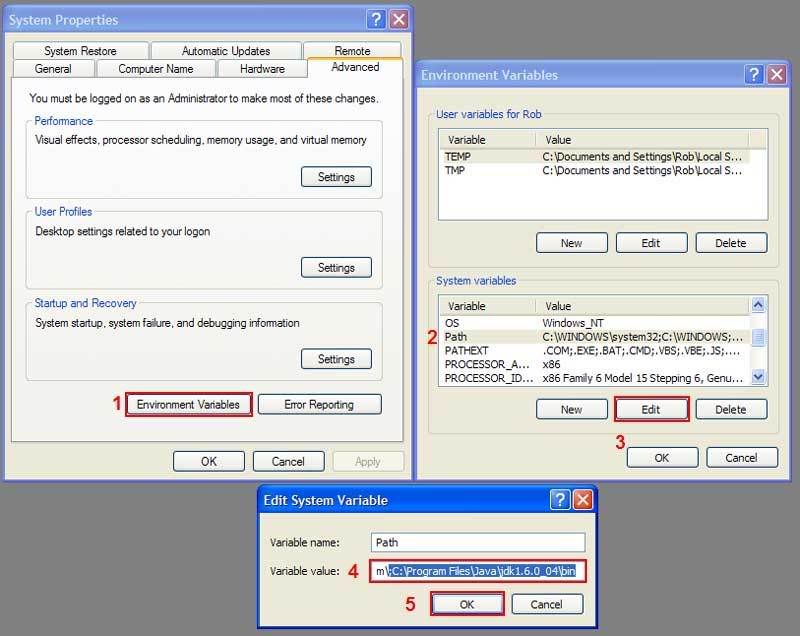import java.awt.*;
import java.awt.event.*;
import java.awt.geom.*;
import javax.swing.*;
public class BouncePanel extends JComponent
implements ComponentListener, Runnable {
final static long serialVersionUID = 0; // kill warning
// constants
final static BasicStroke stroke = new BasicStroke(2.0f);
// fields
float xsize,ysize; // size of window
float xpos,ypos; // position of ball
float xlen,ylen; // size of ball
float speed; // distance the ball moves in each frame
float dx,dy; // current speed + direction of ball
int delay; // delay between frames in miliseconds
Thread animThread; // animation thread
/*************************************************
* Draws the ball on the screen.
*************************************************/
public void paintComponent(Graphics g) {
Graphics2D g2 = (Graphics2D) g.create();
// get the current window size
Dimension dim = getSize();
xsize = dim.width;
ysize = dim.height;
// clear background to white
g2.setPaint(Color.white);
g2.fill(new Rectangle2D.Double(0,0,xsize,ysize));
// draw ball
g2.setPaint(Color.red);
g2.fill(new Ellipse2D.Double(xpos, ysize-ypos-ylen, xlen, ylen));
g2.setColor(Color.black);
g2.draw(new Ellipse2D.Double(xpos, ysize-ypos-ylen, xlen, ylen));
g2.dispose();
}
// empty methods that are required by the GUI event loop
public void componentHidden (ComponentEvent e) { }
public void componentMoved (ComponentEvent e) { }
public void componentResized(ComponentEvent e) { }
public void componentShown (ComponentEvent e) { }
/****************************************************
* Checks to see if the ball has hit any walls.
* Called from within run().
****************************************************/
public void checkWalls() {
if (xpos + xlen >= xsize) {
xpos = xsize - xlen;
dx = -dx;
}
if (xpos < 0) {
xpos = 0;
dx = -dx;
}
if (ypos + ylen >= ysize) {
ypos = ysize - ylen;
dy = -dy;
}
if (ypos < 0) {
ypos = 0;
dy = -dy;
}
}
/***********************************************************
* This is the animation thread.
* The code here is what actually causes the ball to bounce.
***********************************************************/
public void run() {
while (true) { // loop forever
// update position
xpos += dx;
ypos += dy;
// check to see if the ball has hit any walls
checkWalls();
// sleep a bit until the next frame
try { Thread.sleep(delay); }
catch (InterruptedException e) { break; }
// refresh the display
repaint();
}
}
/****************************************************
* This is a constructor for the BouncePanel class.
* It initializes all the values that the class needs
* in order to work properly.
****************************************************/
public BouncePanel() {
// set values for all the variables
xsize = 480;
ysize = 360;
xpos = 240;
ypos = 180;
xlen = 60;
ylen = 60;
speed = 5;
dx = speed;
dy = speed;
delay = 10;
// set up window properties
setBackground(Color.white);
setOpaque(true);
setPreferredSize(new Dimension((int) xsize, (int) ysize));
setFocusable(true);
addComponentListener(this);
// start the animation thread
animThread = new Thread(this);
animThread.start();
}
}


 I'd still like to start programming
I'd still like to start programming 
